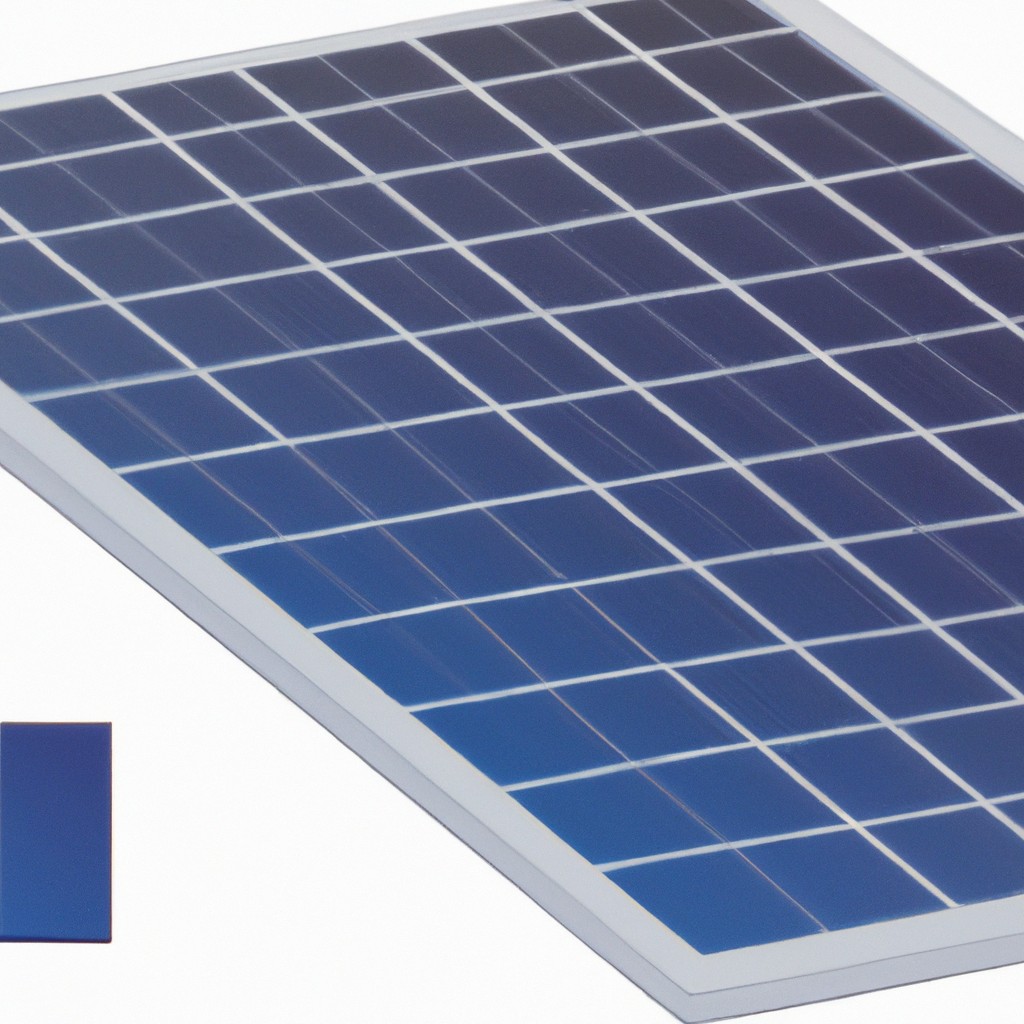Discover the fascinating dynamics of solar prominence, the towering plasma loops emanating from the sun’s surface.
Key takeaways:
- Solar prominences are large, glowing loops of gas on the Sun’s surface.
- Understanding prominences helps forecast space weather and predict solar activity.
- Prominences are categorized as quiescent, active, eruptive, or hybrid.
- Eruption mechanisms involve magnetic reconnection and kink instability.
- Prominence eruptions can disrupt satellite operations and power grids.
Solar Prominences Overview

Solar prominences are large, bright features extending outward from the Sun’s surface. Anchored to the Sun’s photosphere and extending into the corona, they appear as glowing arches or loops of gas. These structures are made of plasma—a mixture of charged particles including electrons and ions—and they follow the magnetic field lines of the Sun.
These prominences are cooler than the surrounding corona, which is typically observed during a solar eclipse when the Moon covers the Sun’s brighter face, highlighting the fainter structures. Prominences can persist for several weeks or even months, often appearing stable, but they can abruptly erupt, releasing energy and particles into space.
Key benefits of understanding these features include insights into the Sun’s magnetic field and the potential to forecast space weather, important for technology and astronauts in space. Despite their serene appearance, prominences are dynamic and can signal more violent solar events such as coronal mass ejections (CMEs). Studying their formation, evolution, and characteristics helps scientists in predicting the impact and timing of such solar activity.
Classification of Solar Prominences
Solar prominences are categorized based on their appearance and behavior. Quiescent prominences, which appear as large, stable structures lasting from days to months, are typically found along the sun’s equator. They have a loop-like structure, arching high above the solar surface, and are often referred to as filaments when observed against the solar disk.
Active prominences, on the other hand, are associated with sunspot activity and are usually more dynamic. They form over a span of hours to a few days and can change rapidly. These are often seen during solar maximum, the period of greatest solar activity in the 11-year solar cycle.
Eruptive prominences are a spectacular type. They can develop from either quiescent or active structures but are notable for their violent ejection from the solar surface, often leading to coronal mass ejections (CMEs). Their activities are of particular interest due to their potential impact on the Earth’s magnetosphere, which can affect satellites and electrical grids.
Lastly, there are hybrid prominences that exhibit characteristics of both quiescent and active types. Their study helps scientists understand the complex magnetic interactions on the Sun’s surface.
Eruption Mechanisms
Solar prominences, while stable when anchored to the Sun’s surface, can abruptly erupt, releasing vast amounts of solar material and energy into space. This process is driven by the complex interplay of magnetic forces.
At the core of eruption mechanisms is magnetic reconnection—where opposing magnetic field lines converge, break apart, and join together again, releasing energy. This phenomenon can lead to the sudden release of a prominence in what is known as a coronal mass ejection (CME).
Another contributing factor is the kink instability, which occurs when a prominence’s magnetic field becomes too twisted. This twisting increases tension until it exceeds a critical point, resulting in the magnetic structure snapping and ejecting material into space.
Shear forces between adjacent magnetic field lines can also play a role. When these forces become strong enough, they can warp the structure of a prominence, which may lead to an eruption if the prominence cannot maintain equilibrium.
Understanding these mechanisms is crucial, as they underpin efforts to predict solar weather and its potential impacts on Earth’s technological infrastructure.
Impact On Space Weather
Solar prominences, when stable, contribute modestly to space weather; however, their eruptions can have far-reaching effects. These large-scale events release immense quantities of solar material and magnetic energy into space.
The impact on Earth’s magnetosphere can be significant, often increasing geomagnetic storm activity. This results in beautiful auroras, but can also disrupt satellite operations, communications, and power grids.
Ejected particles travel along the solar wind, accelerating charged particles that may threaten astronaut safety and damage spacecraft electronics.
Solar flare-associated phenomena can accelerate particles to near light speed, potentially threatening the integrity of space-borne and ground-based technological systems.
Understanding the mechanics of solar prominence eruptions enhances predictive capabilities for space weather forecasting, aiding the development of mitigation strategies for technology and infrastructure vulnerable to solar activity.
The Importance of Studying Solar Prominences
Understanding solar prominences is vital for several reasons:
Space weather forecasting: Solar prominences can lead to solar storms, which can disrupt satellite communications, power grids, and even astronaut safety. By studying these features, scientists can better predict such events and help mitigate their effects.
Solar physics insights: Solar prominences provide clues about the Sun’s magnetic field and its influence on the solar atmosphere. This knowledge is crucial for comprehending the broader mechanisms that govern our star’s behavior.
Technological advancements: The study of prominences has spurred development in observational instruments, such as advanced telescopes and imaging techniques. These tools have broad applications, extending beyond solar studies into other astronomical fields.
Planetary protection: Evidence suggests that solar activity could have significant impacts on planetary atmospheres and climates. Better knowledge of solar prominences contributes to our understanding of these processes, which is essential for future space exploration and possibly protecting Earth’s own environment.




